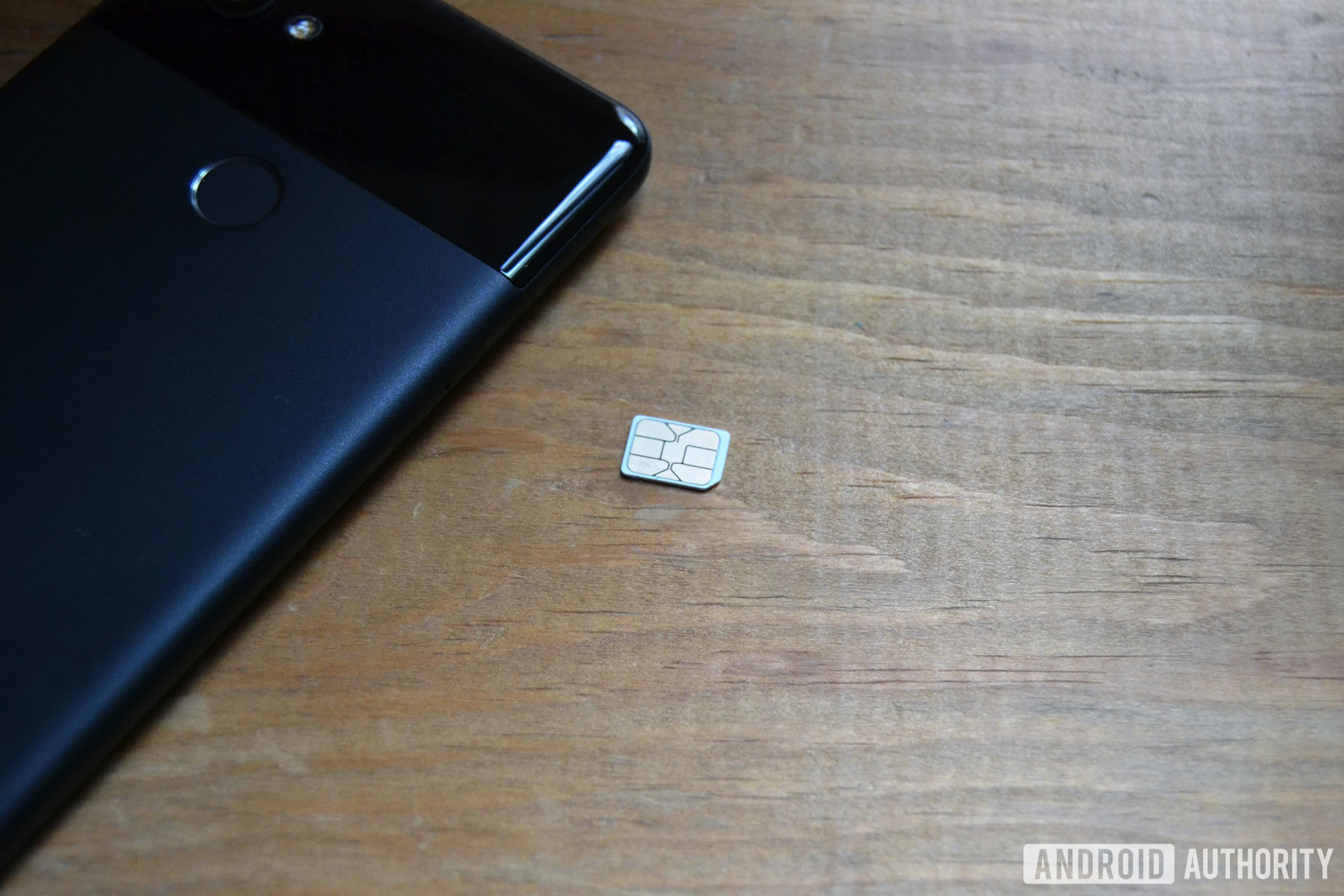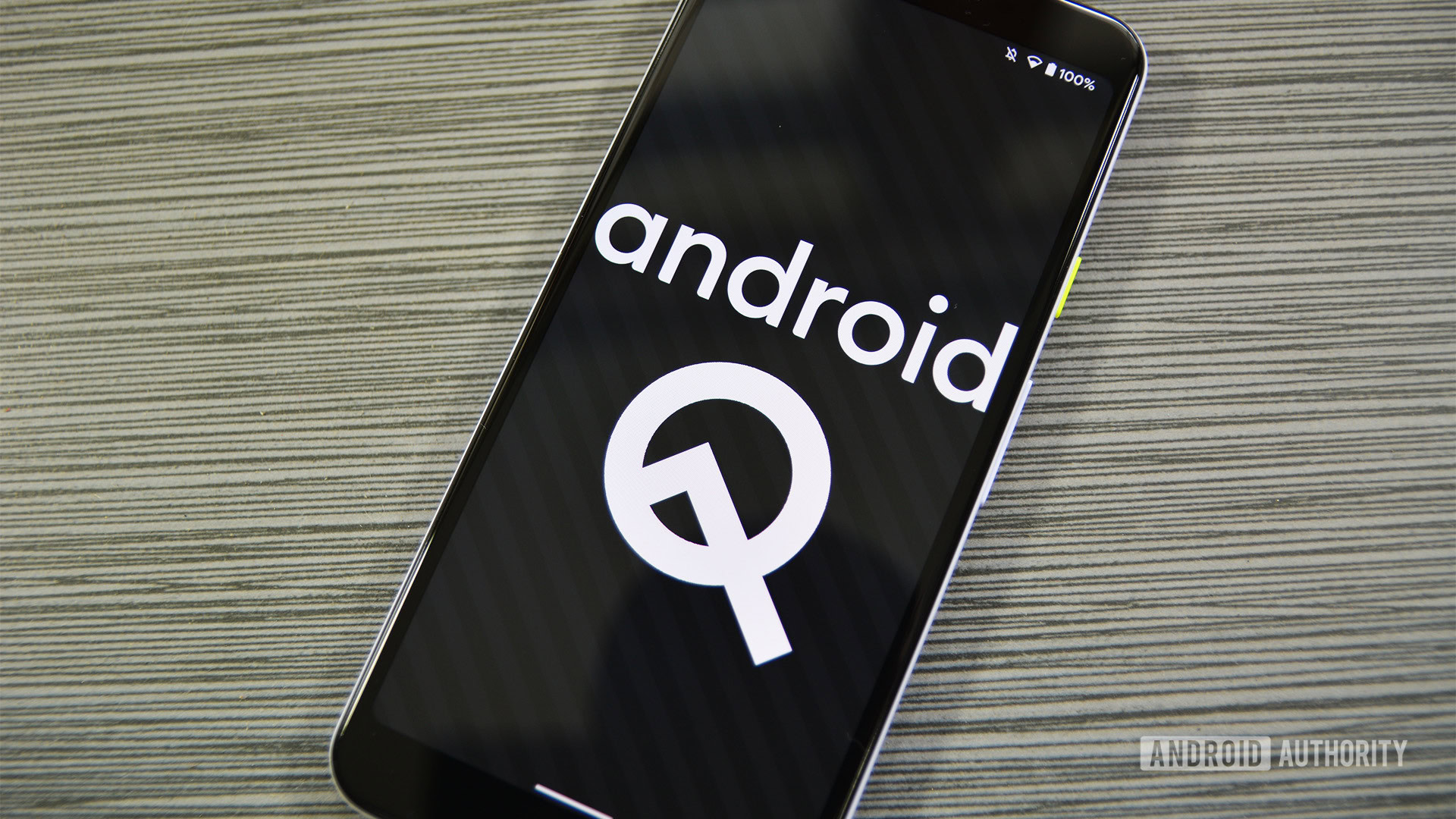Affiliate links on Android Authority may earn us a commission. Learn more.
Ugh, Android Q could give carriers more powerful ways to SIM lock phones

- New Android Q code suggests the upcoming OS version will give carriers more control over SIM-locking phones.
- Carriers could, hypothetically, lock out the second SIM tray in a dual-SIM phone if the first SIM isn’t approved.
- Android Q could also make it possible for a carrier to blacklist other carriers — even if that carrier uses the same network.
Last week, we got our first look at what Android Q might have in store for us when it launches sometime this year. There were some exciting things seen in the source code, including the potential for a system-wide dark mode and better control over Android permissions.
However, there are some newly-discovered bits of code which aren’t nearly as exciting. In fact, some of them will likely make Android users pretty angry.
According to Android’s Gerritt source code (via 9to5Google), there are four new commits labeled “Carrier restriction enhancements for Android Q,” all of which appear to give carriers more fine-tuned control over SIM locking smartphones.

One of the potential outcomes of these code snippets is the ability for carriers to lock out the second SIM tray of a dual-SIM phone. This could be powerful for carriers that want to keep tighter control over devices. For example, a carrier could create a rule that in order for the second slot of a SIM tray to be active, the first slot must be filled with an active SIM from that carrier.
Another outcome is that carriers might be able to be much more specific about which other carriers the phone will or will not work on, essentially allowing the creation of a blacklist (or whitelist) within the phone itself. This could be advantageous to carriers because it could allow them to block out MVNOs which operate on the same network.
For example, a smartphone that’s SIM-locked to AT&T right now should work on Cricket, which is owned by AT&T and uses the same towers. With Android Q, AT&T could block a SIM-locked phone from using Cricket if it felt so inclined.
Although we’ve yet to see the final code of Android Q — and thus aren’t sure if these commits will make it to the stable release — it does seem to suggest that there will soon be even more incentives for buying your smartphones completely unlocked in 2019 and beyond.
NEXT: Average MVNO service significantly worse than service with main carrier